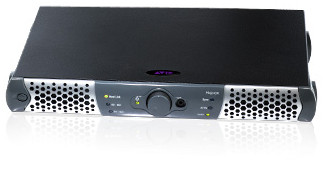GIS Applications in National Defense
GIS has been comprehensively applied to various military fields such as battlefield combat, military related affairs, and strategic intelligence.
Guide to GIS Applications in Military Operations
Non-commissioned officers (NCOs) represent a revolution in modern militaries today.It is a revolution that changes military troops to become a smaller, wiser, and more agile combat force with modern information technology.GIS is crucial in the three indicators of NCOs: Intelligence, Surveillance, and Reconnaissance (ISR); command, control, communications, computers, and intelligence (C4I); and precision engagement (PE).
Through the internet, ISR combines battlefield sensors and environmental data from troops on the ground and keeps it in special spatial databases to help decision-makers and soldiers understand the battlefield status (common tactical pictures).GIS is a critical infrastructure for ISR. The system maintains spatial correlations within databases and then correlates this data with sensors.Because the maintenance of spatial correlations naturally merges with relevant data, GIS is a natural integration technology.
C4I
C4I utilizes different tools to analyze, evaluate, and plan actions that support timely decision making.Supporting C4I with a common spatial context and tools, GIS provides a distributable and accessible decision making tool for commanders and soldiers.
PE coordinates offensive resources in terms of space and time to achieve specific outcomes without collateral damage.GIS provides a data structure and toolset to identify the activities and restrictions within time and space. It also transmits precise information to the engagement system.
Furthermore, GIS offers an important data structure for connecting NCO ideas.This common structure enables the spatial context of data to be transmitted from ISR to C4I as information, and from C4I to PE as actions.GIS provides a structure for the storage, dissemination, and development of battlefield spatial knowledge for both defense and intelligence needs.
GIS has been comprehensively applied to various military fields such as battlefield combat, military related affairs, and strategic intelligence.As a platform supporting these professional fields, GIS is common, open, and interactive.
GIS plays an important role in the following military fields.
- Command and control (C2)
- Defense mapping organizations
- Base operations and facility management
- Force protection and security
- Environmental security and resource management
- Health and hygiene
- Intelligence, surveillance, and reconnaissance systems
- Logistics
- Military engineering
- Mine clearance and mapping
- Mission planning
- Peacekeeping operations
- Modeling, simulation, and training
- Terrain analysis
- Visualization
- Chemical, Biological, Radiological, Nuclear, and High Explosive (CBRNE) Incident Planning and Response

